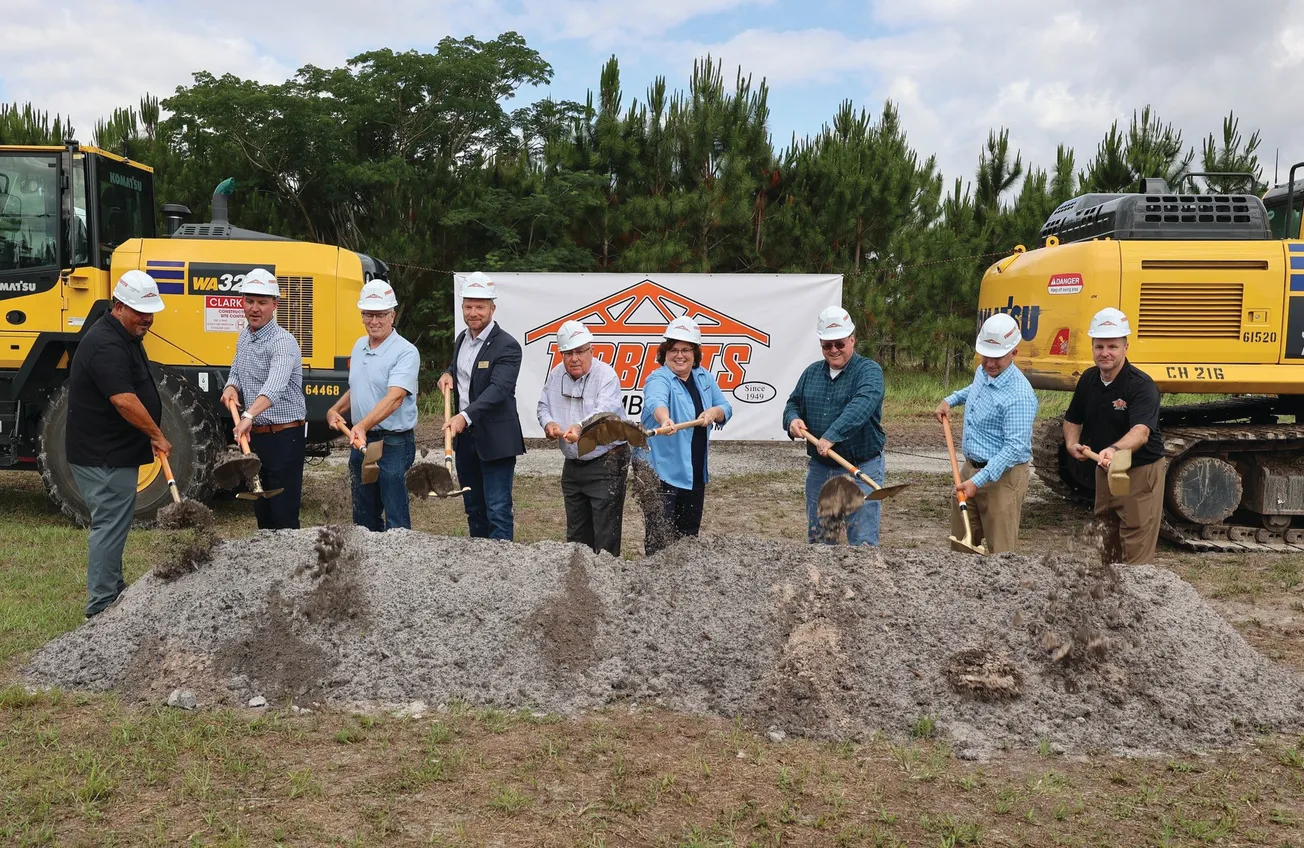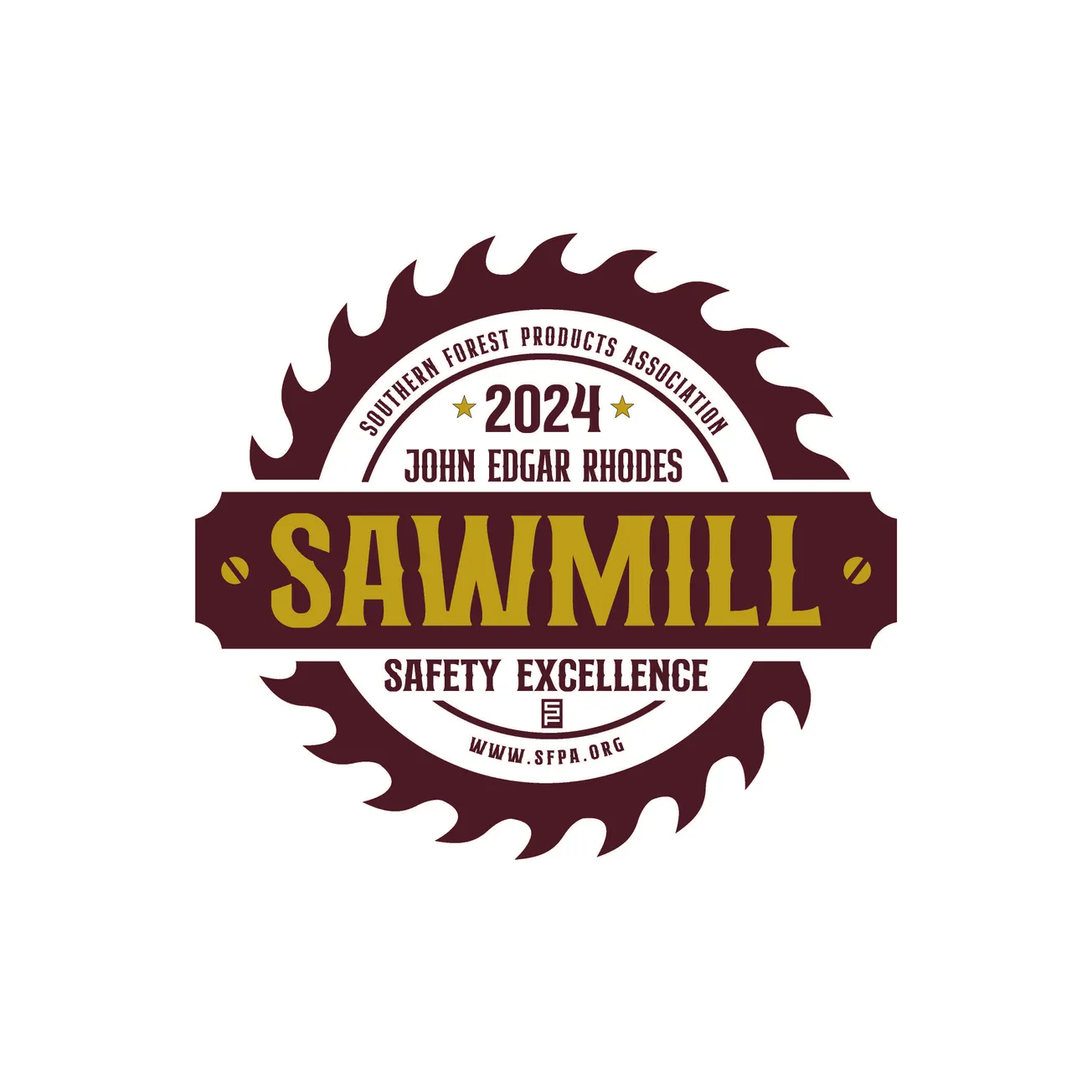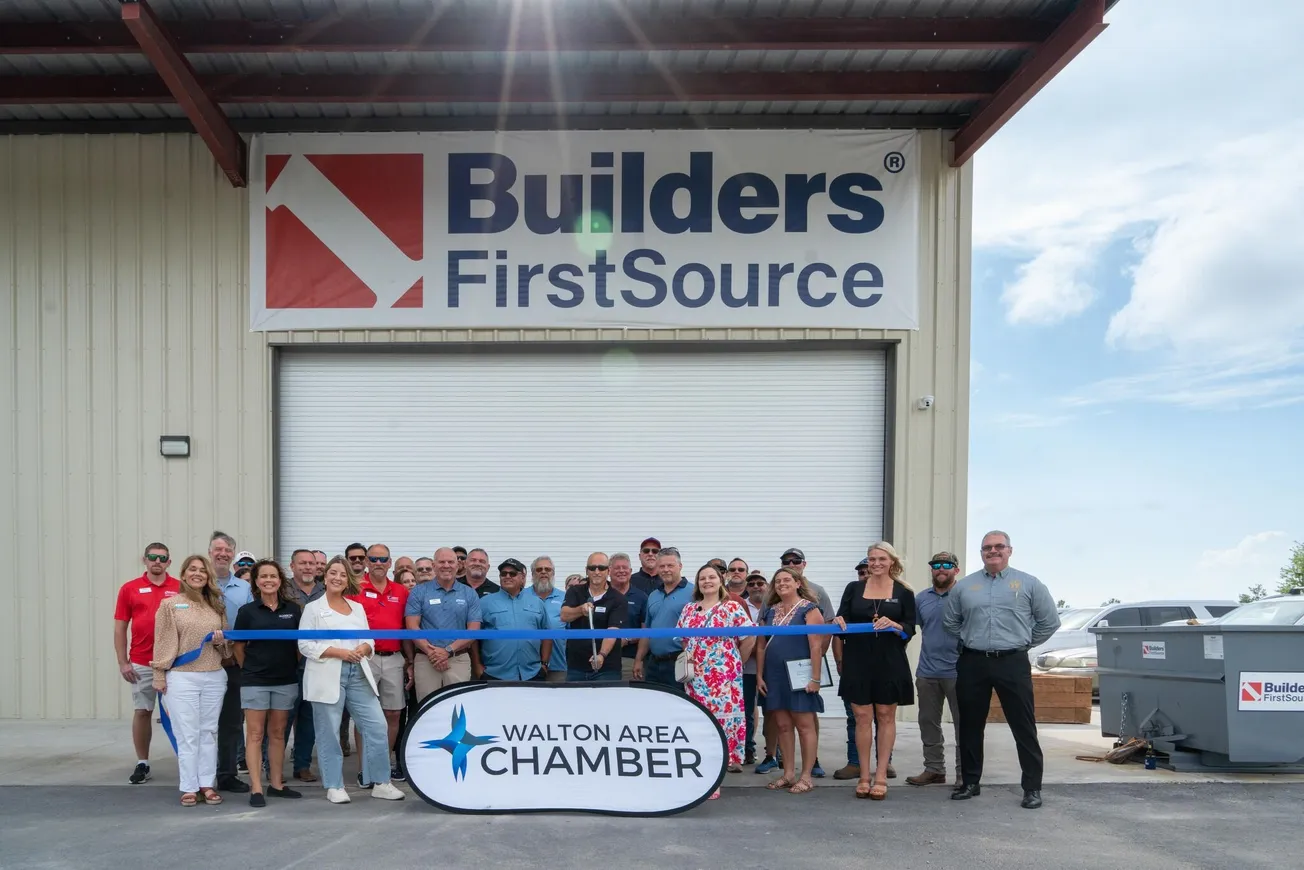Table of Contents
One thing that is constant in transportation is that it is always changing. As shippers and carriers find new and better ways of doing business, entire industries have been spawned to respond to their requests and needs for assistance. However, the old tried and true options are sometimes still a good bet.
Remember the old adage “everything old is new again?” Well it is certainly true in transportation. Time is money in transportation management, and any solution that reduces time in transit will result in savings regardless of mode. I’ve detailed a few trends I have been seeing among our member base that I feel are worth sharing.
Pool Distribution
This year’s NASSTRAC Shipper of the Year award winner, VWR, a global distributor of laboratory and production equipment redesigned their West Coast shipping operations, incorporating a newly designed pool distribution strategy. Overall, this adjustment reduced demurrage and drayage costs, improved next-day delivery, and greatly increased their efficiency in the region. Extra planning produced a sound strategy to streamline operations at the Port of Long Beach, resulting in far fewer delays and cutting costly demurrage charges.
At the same time, truckload and pool distribution largely replaced the costly less-than-truckload (LTL) moves, again resulting in fewer delays and reduced cost. The solution includes pool distribution from VWR’s distribution center located in Visalia, Ca., to final-mile couriers that specialize in next day delivery service in certain geographic areas. LTL and parcel customer orders that have numerous destination points are consolidated on full TL shipments for the longest distance traveled and then dispersed into final mile deliveries across the West Coast.
The result is the West Coast operation has improved shipping performance, continuing to provide next day delivery service to customers while also reducing expediting costs. VWR is more competitive by exceeding customer service expectations, promoting sustainability, and enabling customers to track orders online. A side benefit is improved relations with carriers by providing high volume business to its TL carriers as well as smaller couriers.
TMS – Everybody’s Doing It
A Transportation Management System (TMS) is a crucial tool for controlling the costs of moving goods. Designed to automate the transportation component of the supply chain, this powerful software enables large companies to manage scheduling, routing, carrier oversight, load tendering, and consolidation all in one place. According to industry group MHI, the larger shipper has become more efficient and accurate, but what about smaller shippers? The full range of capabilities includes a bigger toolbox than they need or can afford. Fortunately for them, cloud-based platforms and software-as-a-service (SaaS) options bring TMS capabilities closer to a wide range of users.
The marketplace is changing and TMS providers are seeking to defend their turf against 3PLs that have historically been providing this service to the small and medium size shipper market. Many smaller shippers are choosing TMS products that are offered on a SaaS basis, subscribing to the cloud-based software for a relatively modest monthly fee rather than footing the cost of on premise computing equipment and an IT staff.
“Dim Weight” Pricing
Parcel and LTL shippers that understand the significance of moves by the nation’s two biggest carriers to apply “dimensional weight” pricing to all their U.S. ground shipments are trying to blunt its impact—a sign that the pricing change should be taken seriously by all shippers.
Recently, a survey conducted by Niagara University and DC Velocity was taken of 146 parcel and LTL shippers, found that about half had a good understanding of so-called “dim weight” pricing, under which delivery rates are based on a parcel’s dimensions rather than its actual weight. Aware of the impact of the new policies, about 46% of better informed shippers have already negotiated pricing adjustments with their carriers and have made changes in the packaging processes to shrink parcel cube and avoid a significant rate increase that would accompany the change in the carrier formula.
By contrast, more than half of the shippers who said they lacked a strong understanding of the pricing scheme had taken no action at the time of the study, and only 20% of those respondents had made any adjustments to their packaging. In all, 27% of respondents said they had done nothing in response to the carriers’ actions, meaning they had accepted the rate increases that accompanied the changes in the pricing model. Over the years, parcel and LTL shippers have benefited from carriers’ under-reliance on dimensioning systems. Most LTL carriers had no equipment at all, resorting to tape measures and rules… hardly a precise method to verify shipment density.
The explosive growth of ecommerce, resulting in light and bulkier shipments resulted in package weight going down but cube going up. LTL carriers that advocate dimensioning have said that it will not only yield more accurate pricing outcomes but also reduce the frequency of so-called carrier chargebacks and the hassle that often accompanies them. Anyone who has gotten into a dispute with a carrier over freight classification or pricing differentials on cubic capacity knows how painful that can be.
The growing use of dimensioning equipment will force shippers to do a better job of preparing their freight for tender. Those that don’t will face rates higher than they’ve ever paid before. The responsibility for proper packaging and palletization has now been pushed back onto the shipper. Are you prepared to manage the function?
The “Uberization” of Freight
The way shipping works for most companies today is by going through brokers who call trucking companies and arrange the best deal for their customers while taking a commission. The Uber Freight marketplace hopes to eliminate that middleman and offer shippers real-time pricing of what it will cost to move their goods based on supply and demand. And, yes, that might mean there’s even surge pricing for trucks, although a lot of the marketplace details are still being worked out.
There are already start-ups out there trying to build their own “Uber for trucking” seeing the same opportunity as Uber does, but it is a tough nut to crack. Some of these start-ups have crashed and burned already. If Uber Freight is successful at marketing “Uber for trucking,” it could serve as a gateway for autonomous vehicles.
Last year, Uber acquired a tech startup, Otto, specializing in trucking transportation. In a flash, the Uberization of trucking went from hypothetical to working proposition. The question is, will it succeed? Could Uber work for trucking? There are already a number of companies out there that purport to offer online services and mobile apps to match trucks with loads. Whether they have been at all successful is another matter. Stay tuned for more on this topic as the year proceeds.
While I highlighted a few major trends and hot topics in transportation, this is by no means an exhaustive list. Unknowns continue to be the norm in transportation. Weather-related disruptions, regulatory and legislative restrictions (though our current administration signaled a change here), and the continued deterioration of our country’s infrastructure will continue to challenge shippers now and into the future.
– Gail Rutkowski is executive director of NASSTRAC (National Shippers Strategic Transportation Council), Chicago, Il.





